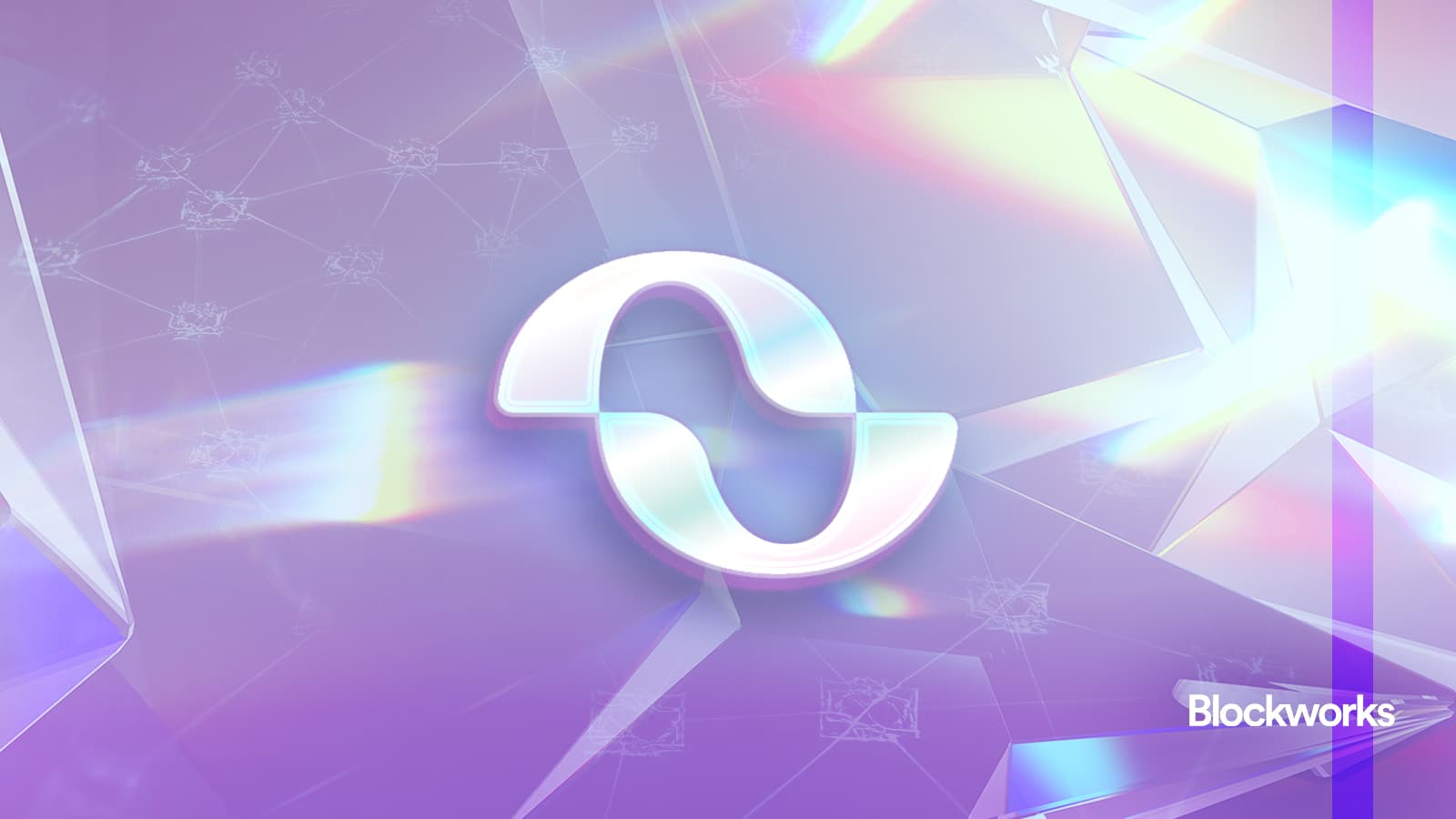RISC Zero’s Boundless Testnet Goes Live on Base—Here’s Why It Matters

Zero-knowledge proofs meet layer-2 scalability as RISC Zero drops its Boundless testnet on Coinbase's Base chain. The move could turbocharge cheap, private smart contracts—just as institutional money starts nibbling at crypto's edges.
Why Base? Because even Wall Street loves a cheap date. While TradFi still thinks 'blockchain' is a spreadsheet upgrade, Base's low fees and Ethereum compatibility make it the perfect sandbox for RISC Zero's zk-powered playground. No more choosing between privacy and affordability.
The testnet launch signals a quiet revolution: programmable zero-knowledge proofs hitting mainstream dev tools. Forget 'trustless' buzzwords—this is about running verifiable computations at scale without burning gas fees like a hedge fund expense account.
Boundless isn't just another devnet. It's a stake in the ground for what comes after EVM dominance. As chains fight for the next wave of adoption, RISC Zero bets the house on zk tech becoming as fundamental as Solidity—while VCs quietly reposition their 'web3 infrastructure' slide decks.
Boundless network
Here’s how the network roughly works:
Because verifying a tiny-sized proof on ethereum or a rollup costs only a minimal amount of gas, the base chain never feels the heat from the underlying computation — even if that computation took minutes, ran on a cluster with GPUs or touched gigabytes of data.
Boundless’ CEO Shiv Shankar reminded me of the prohibitive costs of running ZK computation onchain, which can go reach thousands of dollars.
“Today, anyone is able to do that massive computation with a zkVM for less than $30. This sort of boundless mindset is what we are bringing to every chain. Elastic unlimited computation [is] available to you at any point in time,” he said.
The Boundless explorer shows 363 active provers processing jobs today, though the team told me they anticipate at least a thousand GPUs proving soon.
Boundless architecture
Unique to Boundless’ network is its self-developed cryptographic primitive called “proof of verifiable work” (PoVW).
Traditional proof-of-work pays Bitcoin miners for hashes, Boundless’ PoVW pays for useful zkVM cycles.
PoVW tags pieces of verifiable metadata — or “work receipts” — to each proof as a record of how much computation went into it. This lets Boundless pay the hundreds of provers on its network in proportion to the actual compute delivered, as well as detect fraudulent proofs.
This contrasts to the off-chain auction bidding that Succinct uses, or the time-based quotes that Kalypso uses.
Today’s adoption
Early adopters to Boundless include teams like EigenLayer, Celestia, Taiko, Lido and more.
Teams are using Boundless provision of verifiable compute for a variety of purposes.
For instance, EigenLayer is using Boundless to power its AVS slashing logic, Celestia is using it to prove the validity of its data availability on any chain, the Taiko based rollup uses it as part of its multi-prover setup, and Lido leverages Boundless for a zk-based staking oracle.
Although Boundless ships with its own RISC Zero zkVM, the network is proof system agnostic.
Support for competing zkVMs, such as Succinct’s SP1, ZKsync’s Boojum or Jolt, is on the roadmap, allowing developers to switch tooling without leaving the marketplace.
Boundless’ full mainnet launch and Token Generation Event are slated for late 2025.
- The Breakdown: Decoding crypto and the markets. Daily.
- Empire: Crypto news and analysis to start your day.
- Forward Guidance: The intersection of crypto, macro and policy.
- 0xResearch: Alpha directly in your inbox.
- Lightspeed: All things Solana.
- The Drop: Apps, games, memes and more.
- Supply Shock: Bitcoin, bitcoin, bitcoin.

